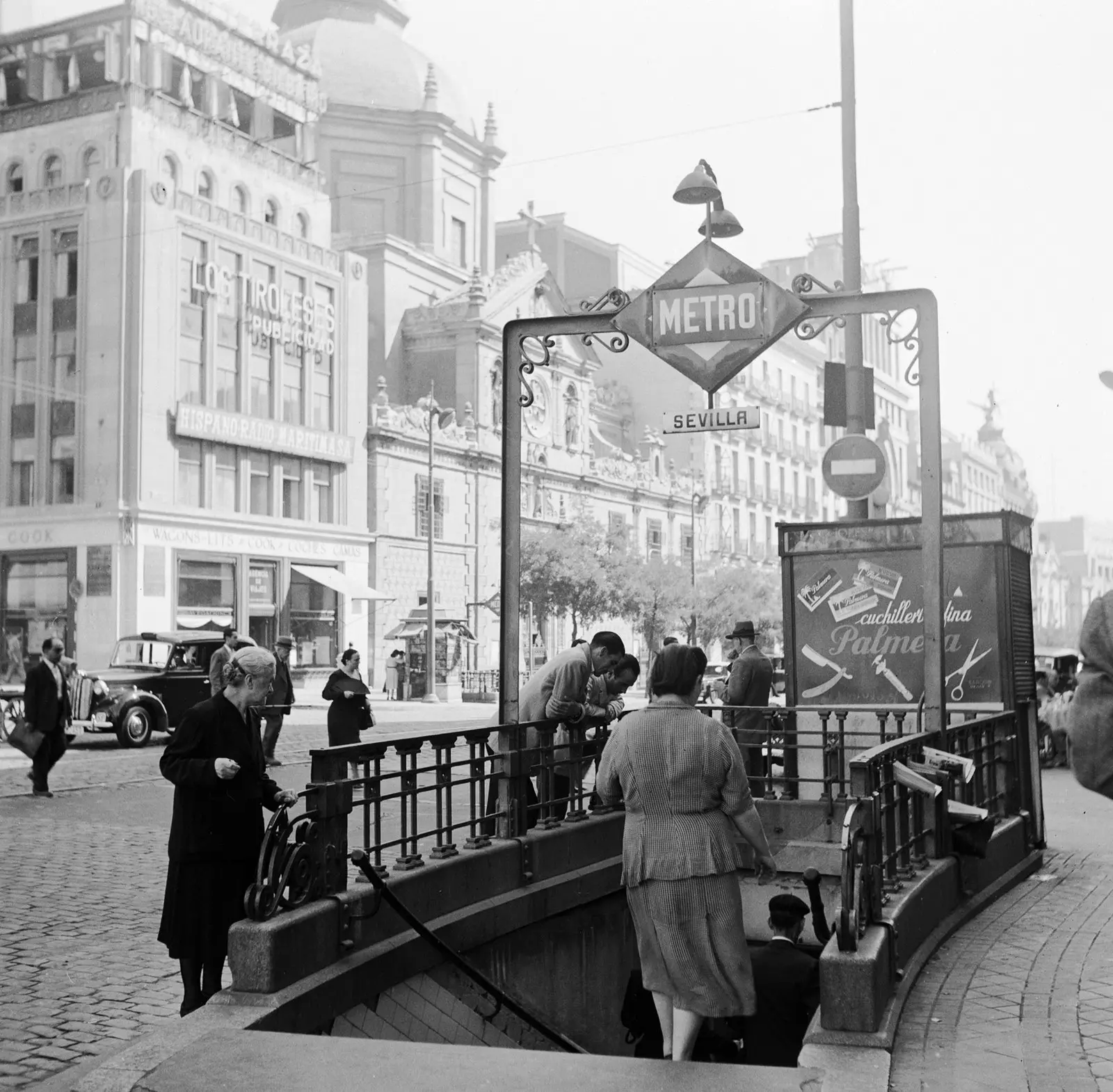
Madrid Metro: one hundred years plowing the subsoil
the year ran 1919 , there were very few months left to enter the twenties of the last century and, although the traffic was not overwhelming, ** Madrid was a completely congested city ** between trams, private vehicles and animal-drawn cars. The capital needed to lighten up just as other European cities such as Paris or London had already done: with the construction of an underground railway.
The initial idea came from three engineers: Carlos Mendoza, Miguel Otamendi and Antonio González Echarte ; who planned its construction and began the business adventure that would end up being supported and financed, in part, by Alfonso XIII king of Spain , who contributed one million pesetas from his personal wealth, since the intention was to have only Spanish capital. Little by little, they managed to raise the ten million pesetas of the initial investment and thus create the Alfonso XIII Metropolitan Company.
Construction work on the first metro line began on July 17, 1917 and the October 17, 1919 , Alfonso XIII inaugurated the line 1, which linked Sol and Cuatro Caminos stations . In the photograph that he immortalized that moment, the then king appeared with his eyes closed and some were painted in order to publish it. The Photoshop of the time.
The one in Madrid thus became one of the first subways in the world, since previously there were only twelve cities: London (1863), New York (1868), Chicago (1892), budapest (1896), glasgow (1896), Boston (1897), Paris (1900), berlin (1902), Athens (1904), Philadelphia (1907), hamburg (1912) and Buenos Aires (1913).
In a Europe that had just emerged from the First World War, Madrid was already one of those cities that had trains that crossed its subsoil. Even though that him October 17, 1919 was the opening date, it was not until two weeks later, on the 31st of the same month, when was carried out opening to the public of its service . That first day underground, they sold 56,220 banknotes, at 15 peseta cents and you could only go from one head of line to the other: from Cuatro Caminos to Sol.
It didn't take long for the people of Madrid to get used to this new life underground, since the journey from Cuatro Caminos to Sol lasted about one hour by tram , and the subway shortened the time of that trip, since it only took ten minutes to cover the same distance.
Today, with more than 2 million travelers , is one of the largest subways in Europe, behind London and Moscow, as its network has an extension of 294 kilometers and has 301 stations.
October 17, 2019 . One hundred years since that photo of the monarch with his eyes closed next to that first underground train, one hundred years of history and stories linked to this enormous network of underground tunnels that unfold under the Madrid soil and without which we could not understand life in the city as it is today. Every day, at 6 in the morning, since that October 17th one hundred years ago, the subway is reopened.
As a humble tribute, we tell you some curiosities that, perhaps, you did not know about the history of this means of transport that has made all its users live endless anecdotes and that all of them, in part, also belong to it.
THE SUBWAY TICKET OFFERS: A JOB NOT SUITABLE FOR MARRIED WOMEN
Very few were the women who worked in Spain in those first decades of the 20th century. Metro of Madrid was one of the pioneering companies where they had female staff . Something that happened with other large companies such as the Telephone company.
In the first, they occupied office, ticket office or reviewer positions ; telephone operators, in the case of the second. And, in both, there was a common condition: they had to be single . At the time one of them got married, she could not continue to be part of that staff and she had to take a forced leave of absence , since a married woman had to become a housewife.
The demanding working life of a subway worker was not compatible , according to the Metropolitan, with taking care of a home, husband and children. Although, the reality, had also to do with unwanted behavior of some travelers and to avoid extramarital relationships that could arise. This condition, on the other hand, did not apply to workers who did not have contact with the public, such as telephone operators or office workers.
Despite the fact that gender equality was beginning to make its way among the company's workers, the 1978 Constitution and, more specifically, the year 1984 , so that box office agents could keep their jobs even after they were married.
In many cases, with the arrival of this new situation, the employees who were forced to take forced leave, they asked to return to their post and they spent many years working to be able to cover their retirement pension. Also in the same decade, in 1983, Aranda Star , a medical degree, She became the first female train driver on the subway. , not counting the exceptional period of the Civil War.
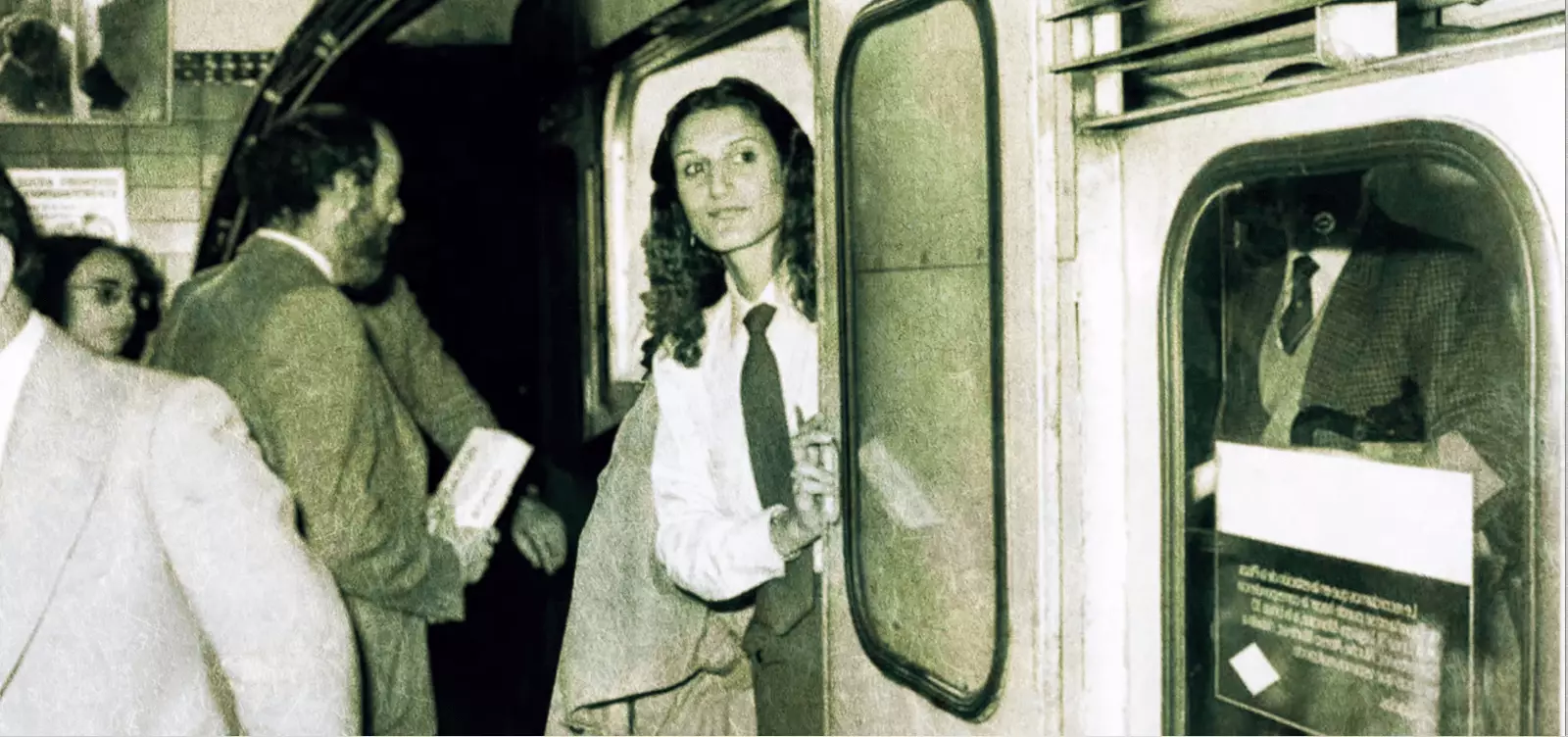
Estrella Aranda, the first female driver of the Madrid metro in 1983
A SHELTER AGAINST THE BOMBS
With the outbreak of the Civil War, the planned expansion of the underground rails was stopped, although the metro did not stop offering its services at any time. There, underground, its trains stopped transporting citizens and visitors , and they began to travel allies and adversaries , republicans, fascists, Falangists, communists, sick, wounded, mutilated and dead.
If, initially, Metro de Madrid had been born with the precept of "uniting its citizens", this conception was dilapidated, in some cases literally, when it had to shelter part of the citizenry from the violence of the other party.
Although Madrid was a desolate city due to the bombing, the subway tunnels, located deep underground and strongly protected by several meters of cement and concrete They saved the lives of many people. In fact, they not only served as air-raid shelter, but they were also used as a hospital.
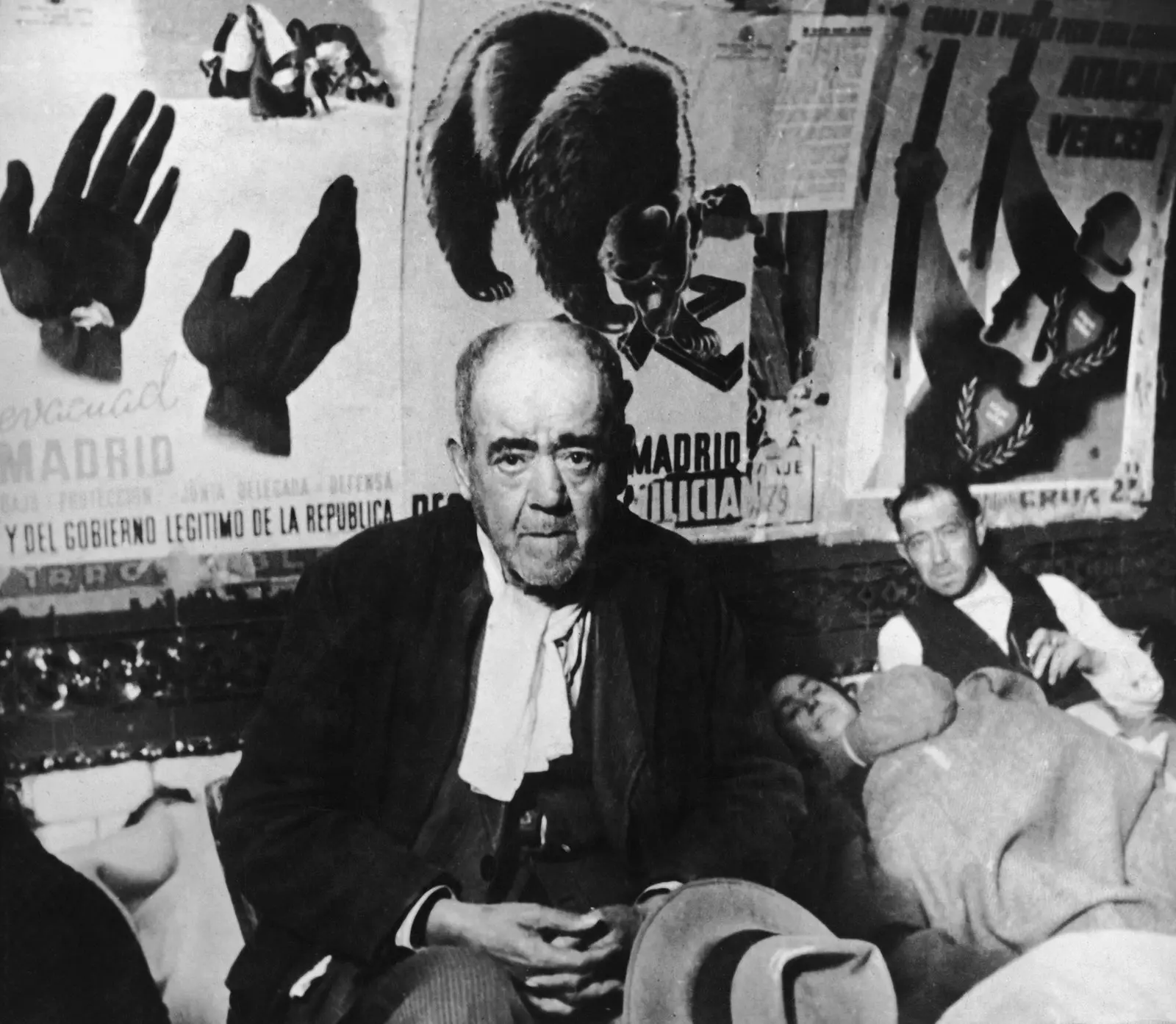
The subway functioned as an air-raid shelter during the Civil War
He also acted as factory and ammunition depot yes Under the Count of Peñalver Street, which in republican times was called torrijos street , one of its tunnels served as a powder keg . On January 10, 1938, this workshop for reloading artillery shells suffered a terrible accident with disastrous result , because this one ended up jumping into the air and claiming many lives. One hundred years later, it is still unknown whether this was accidental, as was claimed at the time, or sabotage.
UNDERGROUND MUSEUMS
A century of meters goes a long way, also for turn some of its spaces into authentic museums that help to understand the history -and prehistory- of the city on the surface. These are spaces whose access is free, except for those that are inside the stations in use and that require the purchase of a single ticket . Since prehistoric sites until ghost stations , the subway not only moves us from one place to another, but can also be instructive.
In the line 6 , more specifically in the Carpetana Station , there is one of those places that does not appear in the most common travel guides. It is an unusual paleontological site from the Miocene epoch.
As on many occasions, it was as a result of remodeling works at the station that the remains were found. ** The museum ** created as a result shows us what the fauna and vegetation were like long before the birth of man and houses, among other fossils, remains of mastodons, mammoths, a kind of bear-dog, giant tortoises and even rhinos that have an age of 14 million years . This trip to prehistory can be done every day, during the opening hours of the station itself.
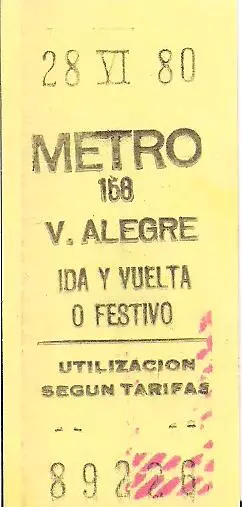
Image of a round trip ticket from 1980, purchased at the Vista Alegre station
Somewhat more recent are the remains found under the Plaza de Isabel II, in the Ópera station and that make this the largest underground archaeological museum in Madrid: The Caños del Peral . These belong to the Arenal Sewer, the Caños del Peral Fountain and the Amaniel Aqueduct, from the 16th and 17th centuries and which were related to the city's water supply.
They were found in 2009, also during refurbishment work at the Ópera station. The surprising and important discovery made Metro de Madrid modify the initial project and enable a space for its exhibition . The Admission is free until full capacity is reached and it can be visited on Saturdays from 10:00 a.m. to 7:00 p.m. and on Sundays from 10:00 a.m. to 3:00 p.m..
The next museum stop is at the pacific station . There, its hall is in charge of telling us about the history of Madrid. Although it is much more recent, well It is the original space of the year 1923 , date on which said station on line 1 was inaugurated.
The Pacific Historic Lobby it was inaugurated in 2017 as a museum, in it the visitor can observe how it was during the years in which it was in use - it was closed in 1966 -. The visits, guided and free, are carried out once a month and prior reservation must be requested through [email protected] or at the telephone number 913 920 693.
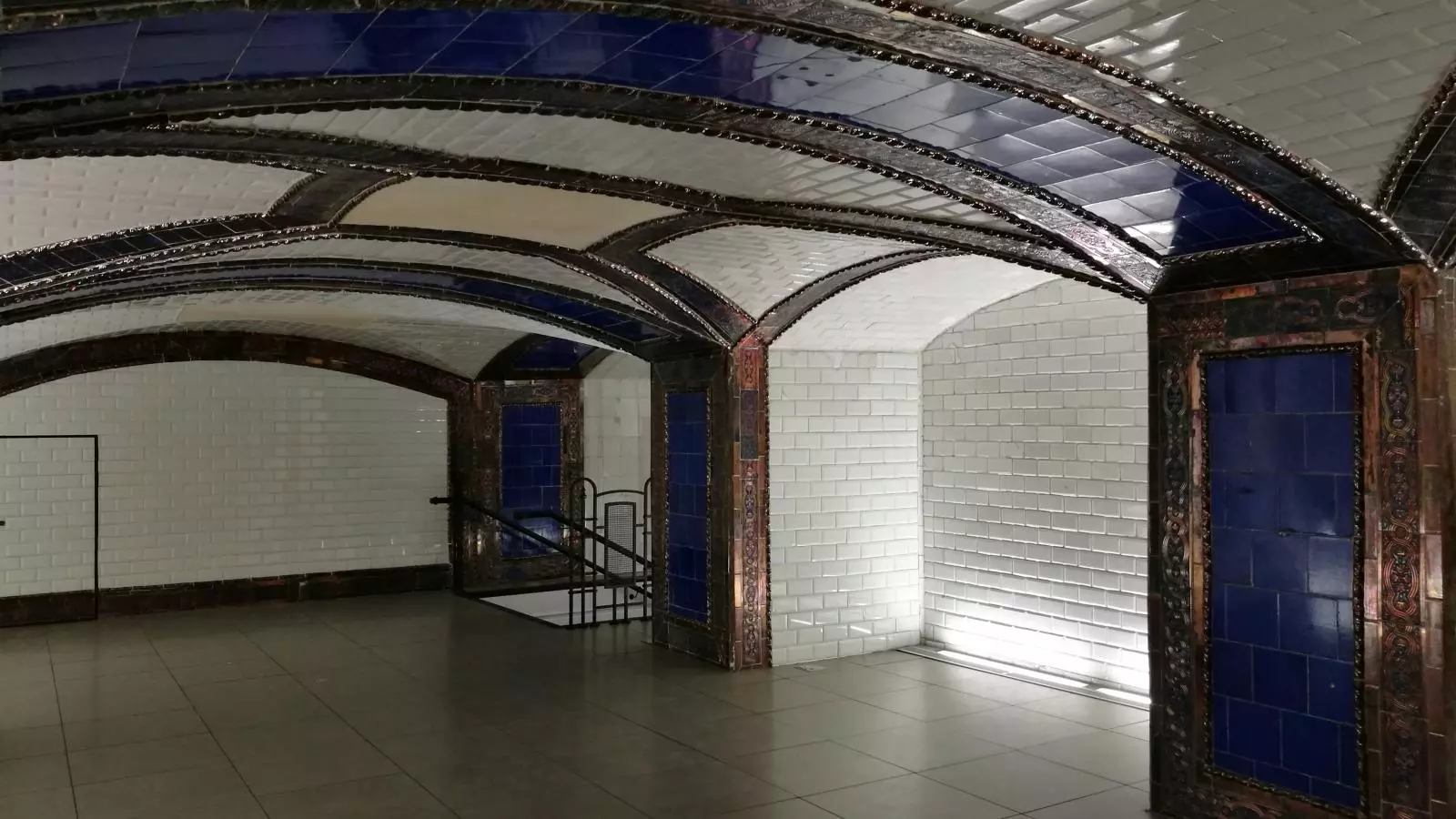
Pacific Historic Lobby
In addition, the space includes the Engine Ship , which was inaugurated in 1924 and which initially served to generate and transform energy that fed the trains until its closure in 1972.
Currently, it can be visited as it was designed, with some exhibition elements that help the visitor to better understand the importance of this place that, during the Civil War, served to supply electricity to the city of Madrid. . Visiting hours are Thursday from 9:00 a.m. to 1:00 p.m., Friday from 9:00 a.m. to 2:00 p.m., Saturday and Sunday from 11:00 a.m. to 2:00 p.m.
THE CHAMBERÍ GHOST STATION
They say that Chamberí station appears and disappears at will . And that to see it, you have to look, really well, when you're on one of those trains that run at full speed between Bilbao and Church . It's been many years since the metro has stopped there and no passenger waits impatiently on its platforms. Turning a corner, the forgotten station appears, fleetingly and dimly lit. That's why they call it the Ghost Station.
Initially, it was part of line 1, which connected Sol with Cuatro Caminos and was in operation for 47 years . In 1966, the platforms of this line were extended from 60 to 90 meters, as it was a curved station, it could not adapt to the new requirements.
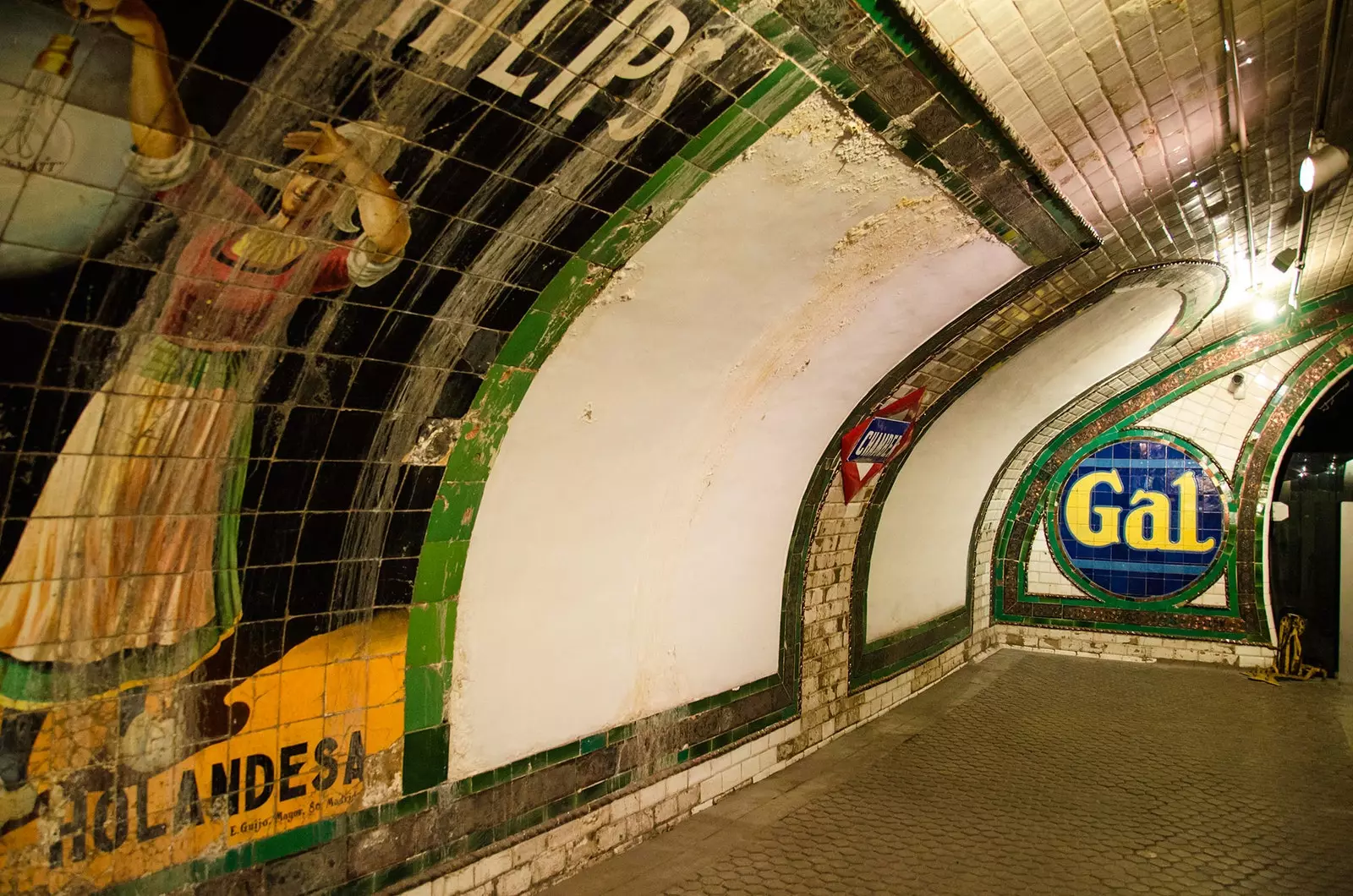
Chamberí Ghost Station
This, added to its proximity to the Church, meant that it ended up being closed. In fact, it's about the only station in the entire history of Metro de Madrid that has been closed.
Four decades later, the station, which is under what is known as Chamberí Old Square , is once again open to the public, but, this time, as a musealized space in which a free guided tour until capacity is reached takes us -literally and metaphorically- into the history of the metro and of that particular station. (Visiting hours: Thursday from 10 a.m. to 1 p.m., Friday from 11 a.m. to 7 p.m., Saturday and Sunday from 11 a.m. to 3 p.m.).
It is an important time capsule that Metro Madrid opened to the public as part of the museum ring that is completed with other spaces such as the Pacific Historic Lobby, where, in addition, is the Pacific Motor Ship; the Caños del Peral Museum or the Paleontological site of the Carpetana Station.
Entering the Chamberí station is traveling, in part, to Madrid in the 60s , because everything is as its last users left it: with the workers booth , the Vending machine , the lathes, signs and signals and with the posters and the white tiles that cover it restored.
During the tour, the visitor will be able to see how the trains full of engrossed travelers . It is then that one begins to think that, perhaps, all those ghosts that some passengers claim to have seen wandering around the station , as if they had remained anchored in the past, are, in reality, the curious who go down there to learn about the history of the now centenary Metro de Madrid.
